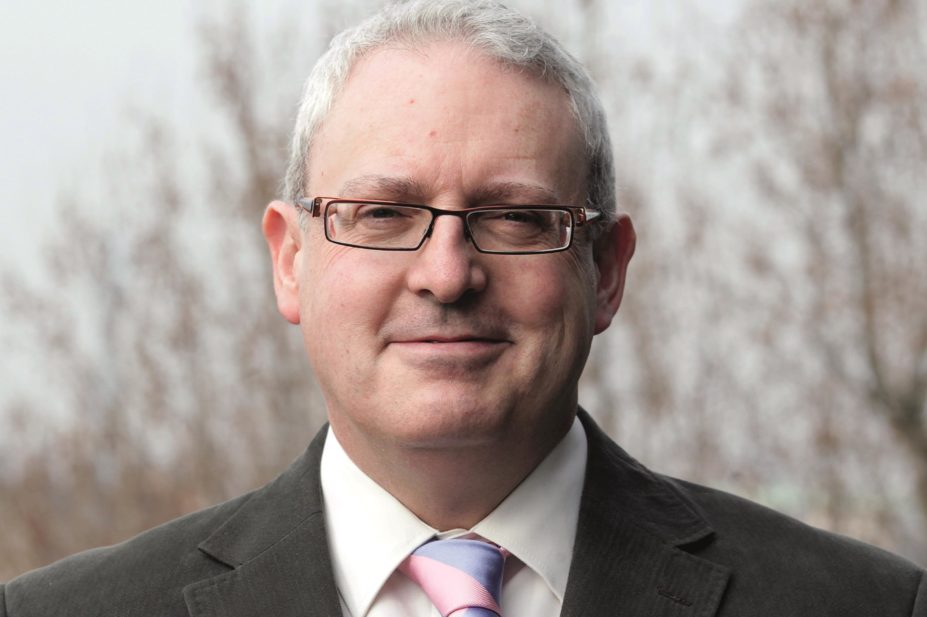
Courtesy, GPhC
The pharmacy regulator has defended its refusal to set safe staffing levels, following accusations in a BBC documentary.
The Inside Out programme, broadcast on 8 January 2018, focused on allegations of unsafe pharmacy staffing levels at high street chain Boots.
The allegations, made by pharmacist whistle-blowers, were denied by Boots and viewers were told that an investigation by the regulator into the claims found that there was not sufficient evidence to suggest a risk to patient safety across the organisation. Understaffing at Boots was also “not systemic”, viewers were told.
The programme, however, did question whether the existing regulations — which currently leave safe staffing decisions at the discretion of the pharmacy owner or the superintendent pharmacist — needed to change, and whether the General Pharmaceutical Council (GPhC) should define safe pharmacy staffing levels.
In a statement issued after the programme, GPhC chief executive Duncan Rudkin said: “We take the clear view that setting the right staffing levels is best done by the people responsible for managing a pharmacy on the ground, rather than by the regulator at a distance.
“The staffing levels needed to provide safe and effective services will vary significantly between pharmacies depending on the context in which each individual pharmacy is operating, including for example the services it provides and the number of prescriptions it dispenses.”

Source: RPS
RPS president Ash Soni says when the responsible pharmacist can justify that more staff are needed and the employer fails to respond, the case should be taken to the regulator
Royal Pharmaceutical Society (RPS) president, Ash Soni, agreed that it was difficult for the pharmacy regulator to define safe staffing levels because of varying pharmacy skill mix in different pharmacies.
But he said: “I think the regulations do need to be changed in terms of giving greater autonomy for the responsible pharmacist to say what is good or not, and what is the required safe staffing level to meet the challenges. “
In cases where the responsible pharmacist can justify that more staff are needed and the employer fails to respond, then the case should be taken to the regulator, Soni said.

Source: PDA
Pharmacists’ Defence Association chairman Mark Koziol says patient safety must always come before commercial profits and the GPhC’s approach gives carte blanche to the corporates to do as they see fit
The Pharmacists’ Defence Association, which has campaigned on staffing levels, said it was wrong for the regulator to leave setting staffing levels to employers.
Its chairman Mark Koziol said: “We fundamentally disagree with this approach because patient safety must always come before commercial profits and this approach from the GPhC gives carte blanche to the corporates to do as they see fit.
“The GPhC must not be allowed to sidestep on this matter and distance itself from the one factor that makes the biggest difference to patients; the appropriateness of the staffing resources in the pharmacy.”
In a statement the RPS said: “The GPhC needs to demonstrate how they will improve the support they give pharmacists in raising public interest concerns and change the perception that nothing will change if concerns around staffing levels or other issues are raised with them. The RPS is eager to work with the GPhC on behalf of the profession in any way it can to bring this change about swiftly.”
Margaret Watson, professor of health services research in the department of pharmacy and pharmacology at the University of Bath and a Health Foundation improvement science fellow, urged caution over any changes to staffing level regulations.
“At the moment we don’t have any science-based evidence which has been generated to say that for this type of pharmacy this number of qualified staff is required,” she said.
“It’s all very well saying that the regulations need to change but what do you change them to if you don’t have the information? We need the evidence first before making any changes … rather than a knee-jerk reaction to a high profile programme.”
Current GPhC regulations include a standard for registered pharmacies, which stipulates that pharmacies must ensure that “there are enough staff, suitably qualified and skilled, for the safe and effective provision of the pharmacy services provided.”
The GPhC says on its website that the responsibility for meeting these standards lies with the pharmacy owner and/or the superintendent pharmacist.
Rudkin added: “Later this year we will be publishing new guidance for pharmacy owners that emphasises what they are expected to do to make sure they have a safe and effective pharmacy team in every pharmacy.”


